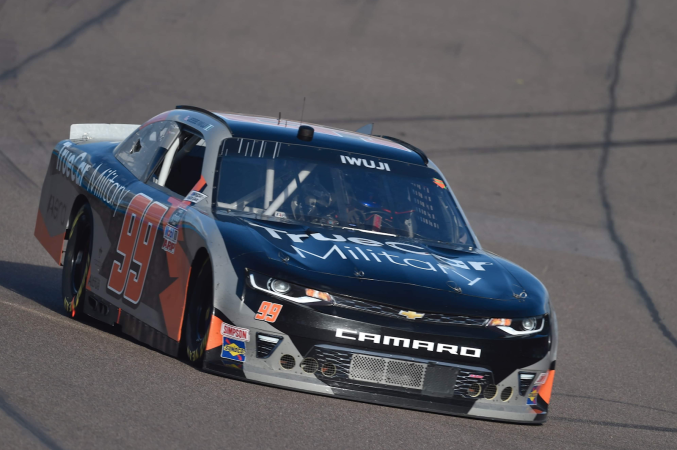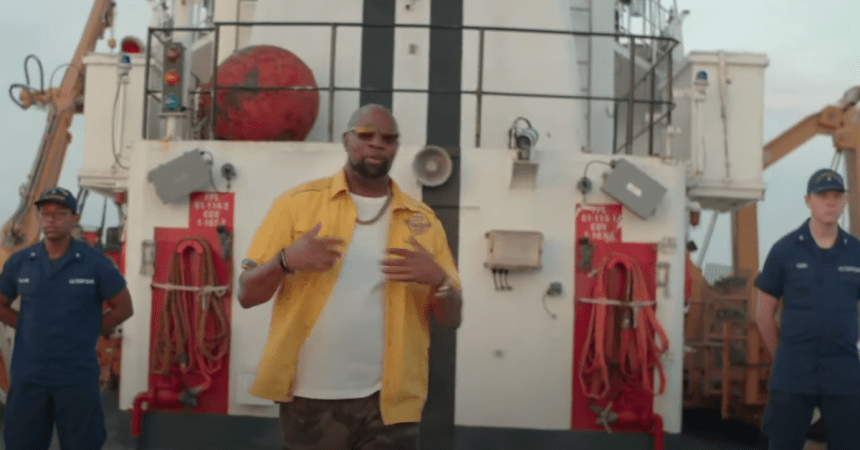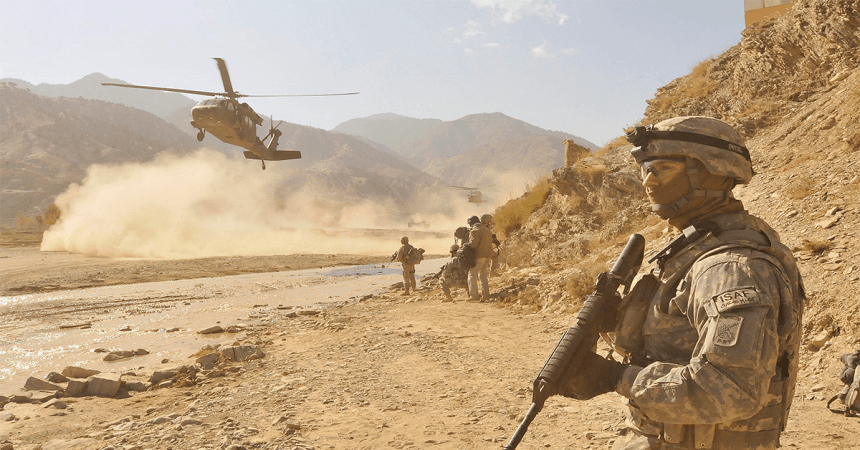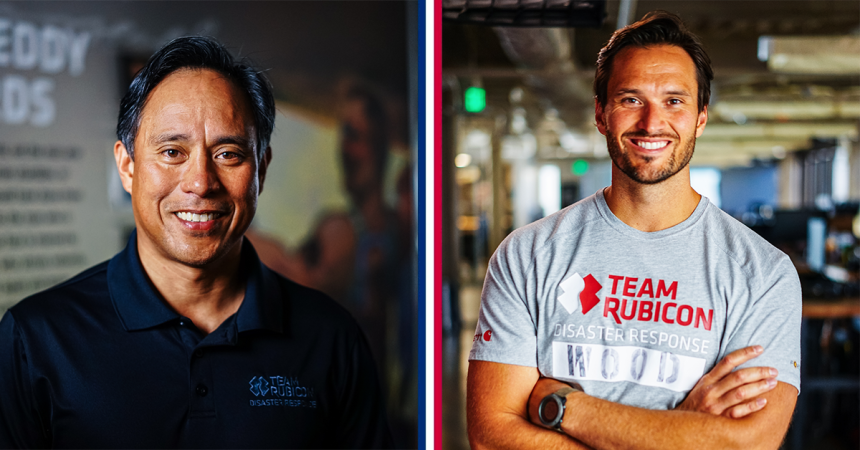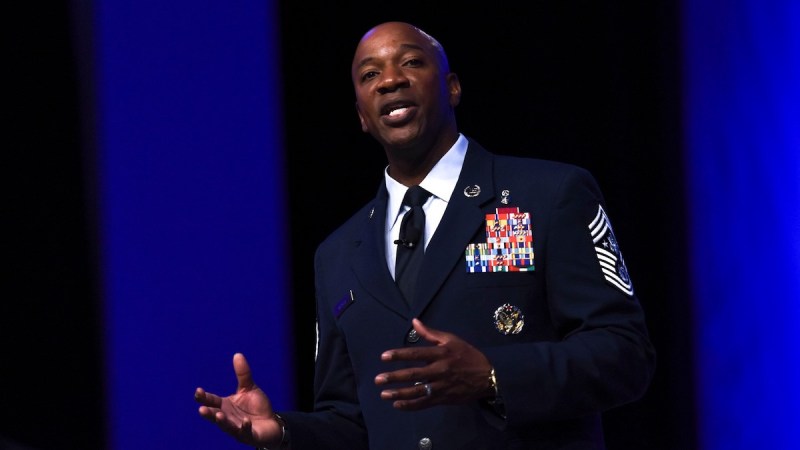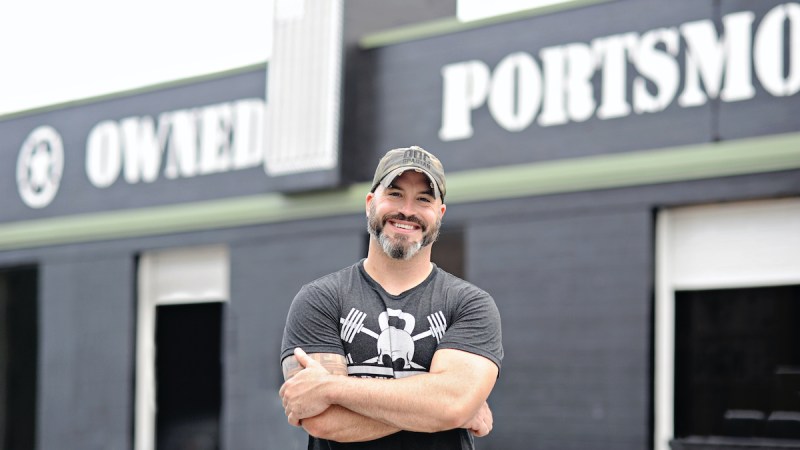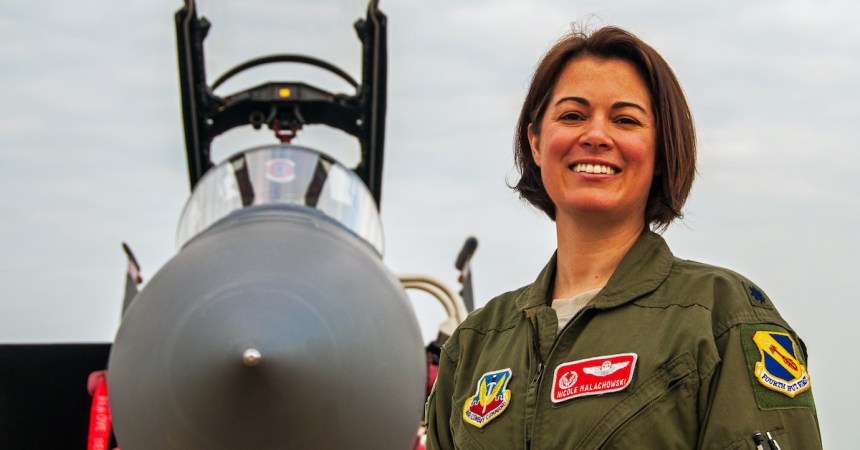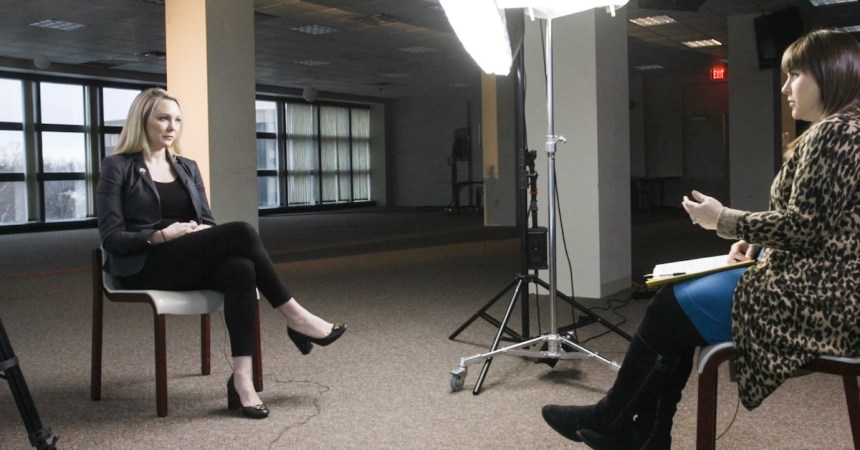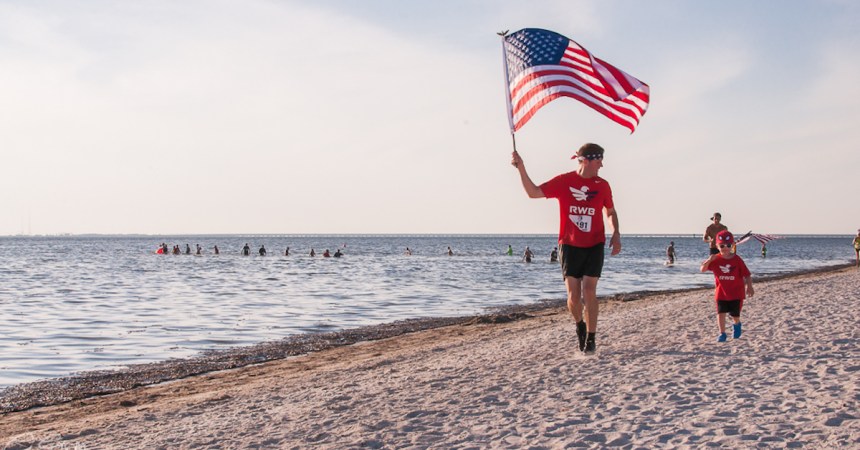They call parts of Chicago “Chiraq” for a reason.
The Chicago Tribune tracks the insane number of shooting victims in the area, broken down by year, month, and location.
And the numbers are staggering.
As gangs inflict casualties on other gang members and innocent bystanders in cities like Chicago, it’s tragically similar to a war zone — so similar, U.S. military medics have been training in the most dangerous parts of America’s cities since at least 2003.
Many of the armed forces’ medical personnel just do not get trauma training they need on the battlefields overseas, so they get it working the battlefields at home.

“It’s important to get them this kind of training here, so they can see how to stop that bleeding and save that life,” Lt. Cmdr. Stan Hovell, a Navy nurse who worked at Chicago’s Cook County hospital, told the Chicago Tribune. “They pick up those skills and carry it back to the Navy.”
Gangland violence is keeping up with the times when it comes to wounds of warfare. Gang members sometimes even use military-style rifles in their assaults, according to Dale Smith, the chair of the Medical Military History Department at the Uniformed Services University in Bethesda. And they’ve inflicted bayonet-like stabbing wounds.
Hector Becerra of the LA Times wrote in 2003 about the “Juke” – a stabbing move “patented by gangs” that entered below the collarbone, then thrust down into the belly in a twisting motion.
“The first night I took calls here, it was unbelievable,” Navy Cmdr. Peter Rhee, director of the Trauma Training Center at the Los Angeles County-USC Medical Center emergency room told the LA Times. “We ended up opening five chests; we had 10 people shot in the chest. We were operating all night long. It was truly as bad as any kind of wartime experience you could have.”

The doctors, nurses, and administrators love having medics and corpsmen rotating through their staff because U.S. military personnel are fearless.
“Some of them are very experienced,” Faran Bokhari, the head of Chicago’s Stroger Hospital trauma department told the Chicago Tribune. “They’re not green medical students out of la-la land. They’ve seen the blood and guts.”





